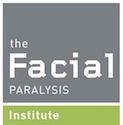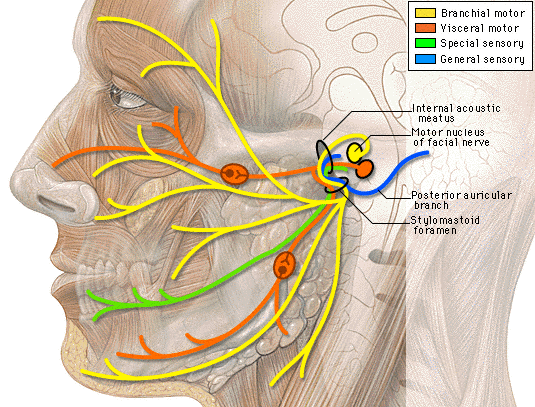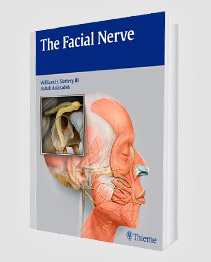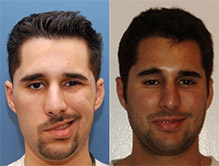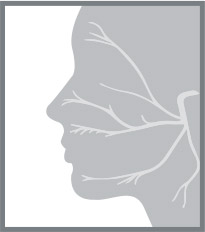Facelift Surgery and Facial Paralysis
A Bell’s Palsy facelift for facial paralysis can help patients improve facial reanimation and symmetry. The procedure is tailored to a patient and can be used to treat facial paralysis, Bell’s palsy, and other issues that hamper facial muscle movement.
Dr. Babak Azizzadeh of The Facial Paralysis Institute in Beverly Hills can teach facial paralysis patients about facelift surgery. He is globally recognized for his facelift for facial paralysis expertise and can help a patient determine if this procedure is a safe, effective treatment for their symptoms.
What Is a Facelift for Facial Paralysis?
A facelift is commonly viewed as a cosmetic procedure to help patients enhance their facial appearance. But, a facelift for facial paralysis addresses facial muscles that hinder a patient’s ability to naturally smile, frown, and produce other facial expressions.
For Dr. Azizzadeh, the safety of the facial nerve is perhaps the most important aspect of facelift surgery. The facial nerve is distinct, and it needs to be treated accordingly by an expert. Dr. Azizzadeh customizes a facelift to each facial paralysis patient. This ensures that each patient can undergo a facelift for facial paralysis to alleviate their symptoms and prevent them from recurring.
What Happens During a Facelift for Facial Paralysis?
Facelift surgery patients can receive general anesthesia before treatment. Anesthesia puts patients in a sleep-like state and ensures they won’t experience pain during Bell’s Palsy surgery.
To perform a facelift, Dr. Azizzadeh makes a small incision along the edge of his patient’s ear and into the scalp. The incision is only a few centimeters long, and Dr. Azizzadeh tries to hide it.
Dr. Azizzadeh uses a Bell’s Palsy face lift to elevate soft tissues in the face. He also addresses the area beneath the lower eyelids to the jawline, removes excess skin, and tightens underlying muscle layers. Finally, Dr. Azizzadeh closes surgical incisions with sutures.
What Happens After a Facelift Procedure?
After a facelift, Dr. Azizzadeh wraps his patient’s head with bandages to minimize bruising and swelling. He may also prescribe pain medications or antibiotics that patients can take in the days following surgery.
Dr. Azizzadeh may insert a small, thin tube along the incision behind the ear. The tube is used to drain excess fluid that can accumulate beneath the skin and may be removed the day after a facelift.
Surgical incisions are closed with sutures following the facelift surgery. Some sutures dissolve on their own, and others will need to be removed. Dr. Azizzadeh provides post-surgery instructions, so his patient can properly take care of their sutures.
Post-surgery bruising and swelling can persist for one to two weeks following a Bell’s Palsy face lift. Patients can wear makeup to cover up bruising and swelling during this time.
Most patients take at least seven to 14 days off from work after surgery. Patients should restrict their activity for four to six weeks. Dr. Azizzadeh recommends patients avoid sports, aerobics, and other strenuous activities to reduce the risk of post-surgery complications.
The initial results of a facelift can become visible within a few weeks of treatment. Dr. Azizzadeh requests follow-up appointments to monitor his patient’s progress and ensure their treatment results stay on track.
What Are the Risks Associated with Facelift Surgery?
Potential Bell’s Palsy face lift surgery complications include:
- Hematoma (collection of blood under the skin)
- Facial nerve injury
- Infection
- Adverse reaction to anesthesia
The overall risk of permanent facial nerve paralysis in standard rhytidectomy is between 0.53% to 2.6%. There have been very few reports in the literature regarding the risk for facial nerve injury associated with more invasive face lift procedures. The “short-flap SMAS rhytidectomy” significantly limits the risk for facial nerve injury by limiting facial subcutaneous and SMAS dissection.
1 Excerpts from Azizzadeh et al: “Master Techniques in Facial Rejuvenation”
Learn More About the Facelift with Dr. Azizzadeh
Learn More About Facelift for Bell’s Palsy and Facial Paralysis
Dr. Azizzadeh is a Harvard-trained facial plastic and reconstructive surgeon with many years of Bell’s Palsy facelift surgery experience. He is available to conduct an evaluation to determine if a patient is a good candidate for Bell’s palsy, facial paralysis, or other issues that limit facial muscle movement. To request a consultation with Dr. Azizzadeh, please contact us online or call us today at (310) 657-2203.
Next, read our blog on rehabilitation of central facial paralysis or learn about ways to overcome the effects of facial paralysis
NERVE TRANSPLANT- Cross Facial Nerve Graft
HYPOGLOSSAL FACIAL NERVE TRANSFER
Request your consultation with Dr. Azizzadeh today
Call us at (310) 657-2203 to schedule an appointment.
Schedule a Consultation